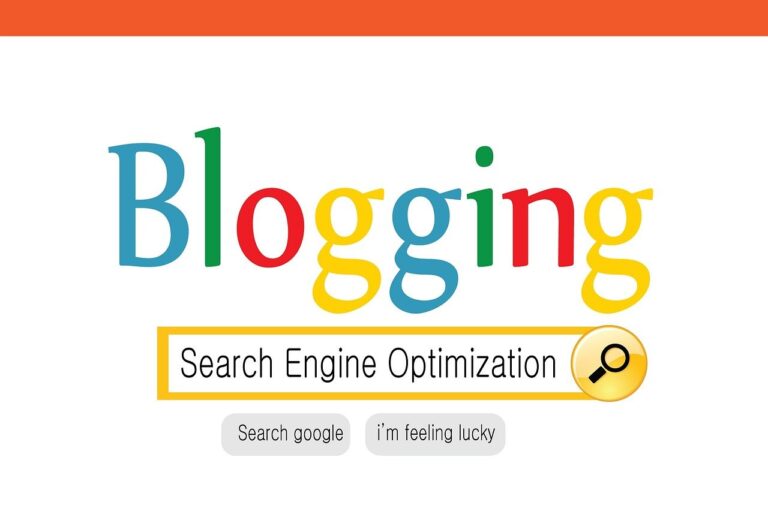A well-structured blog can make a world of difference for your holistic healthcare website. When you organize your content with clear headings, you’re not just making it look pretty – you’re enhancing the entire user experience. Proper heading structure guides your readers through your health and wellness content, making it easier for them to digest information and find exactly what they’re looking for.
Think of headings as signposts on a journey to better health. They help your audience navigate complex topics, from nutrition tips to stress management techniques. By breaking down your content into logical sections, you’re creating a roadmap that leads your readers to valuable insights and actionable advice.
Beyond improving readability, a solid heading structure can boost your blog’s visibility online. Search engines love well-organized content, and they use headings to understand what your health and wellness blog is all about. This means more people can find your holistic health wisdom when they’re searching for answers to their wellness questions.
Key Takeaways
- Clear headings improve your blog’s readability and user experience
- A well-structured blog helps readers find the information they need quickly
- Proper heading use can boost your blog’s visibility in search engine results
Optimizing Blog Structure for Enhanced Reader Engagement
A well-structured blog post can significantly boost reader engagement and improve your content’s visibility. By focusing on key elements like headings, keywords, and multimedia, you can create posts that captivate your audience and perform well in search results.
Creating Compelling Headings and Subheadings
Your blog’s heading structure is crucial for keeping readers interested and guiding them through your content. Use H2 tags for main sections and H3 tags for subsections to create a clear hierarchy.
Make your headings descriptive and enticing. They should give readers a sneak peek of what’s to come, sparking curiosity and encouraging them to read on.
Keep your headings concise, aiming for 5-7 words max. This helps with readability and makes them more likely to display fully in search results.
Try using questions or numbers in your headings. For example, “5 Natural Remedies for Better Sleep” or “How Can Meditation Improve Your Health?”
Utilizing Keywords and SEO Best Practices
Incorporating relevant keywords into your headings can boost your blog’s visibility on Google and other search engines. But don’t overdo it – focus on natural language that appeals to your readers first.
Research popular keywords in your holistic healthcare niche using tools like Google Keyword Planner. Include these terms in your headings and throughout your content where they fit naturally.
Pay attention to your WordPress SEO settings. Use plugins like Yoast SEO to optimize your post’s meta description and URL structure.
Remember to use internal linking. Connect your new post to relevant older content on your blog to keep readers engaged and improve your site’s overall SEO.
Leveraging Multimedia and External Resources
Break up your text with relevant images, infographics, or videos. Visual content can help explain complex health topics and keep your readers interested.
Include alt text for all images to improve accessibility and SEO. Describe the image content accurately using keywords where appropriate.
Embed YouTube videos or podcasts that complement your written content. This can provide extra value to your readers and increase the time they spend on your page.
Link to reputable external sources to back up your claims. This adds credibility to your content and can help position you as a trusted voice in the holistic healthcare space.
Consider adding affiliate links to recommended products, but always disclose these relationships to your readers for transparency.
Building Authority and Credibility Through Content
Creating authoritative content builds trust with your readers and establishes you as a go-to expert in holistic healthcare. You’ll gain credibility by sharing valuable insights, engaging with your community, and weaving in personal experiences.
Showcasing Expertise with Research and Case Studies
Boost your authority by backing up claims with solid research. Cite reputable studies and include statistics to support your points. For example, you could mention that “73% of B2B marketers use content marketing” to highlight its importance.
Present case studies from your practice. Share real-life examples of how your holistic approaches have helped patients. This gives readers concrete evidence of your expertise.
Use easy-to-read formats like bullet points or tables to break down complex info. For instance:
• Patient A: Reduced chronic pain by 60% through acupuncture
• Patient B: Improved sleep quality by 80% with herbal remedies
Remember to protect patient privacy by anonymizing details.
Engaging with the Community via Comments and Social Media
Your blog isn’t a one-way street. Encourage readers to leave comments and respond promptly. This shows you’re actively involved and care about their thoughts.
Leverage social media to expand your reach. Share snippets of your blog posts on platforms like Twitter or Instagram. Use relevant hashtags to join wider health conversations.
Create polls or ask questions to spark discussions. For example: “What’s your go-to natural remedy for headaches?” This not only engages your audience but also provides insights for future content.
Enhancing Content with Personal Insights and Stories
Don’t be afraid to get personal. Share your own health journey or what inspired you to pursue holistic healthcare. This humanizes your expertise and makes you relatable.
Tell stories about challenges you’ve overcome or lessons you’ve learned. Maybe you discovered a new herb that changed your approach to treating anxiety. These anecdotes add depth to your content.
Include specific examples from your practice. If you’ve found a unique way to combine Western and Eastern medicine, explain it. Your original insights are what set you apart and truly build your authority in the field.
Frequently Asked Questions

Headings play a crucial role in structuring your wellness blog for both readers and search engines. They help organize content, boost SEO, and make your posts more engaging and accessible.
How do headings help readers navigate a wellness blog?
Headings act as signposts for your readers. They break up long blocks of text and guide your audience through your content. You’ll find that well-structured headings make it easier for visitors to skim your posts and find the information they’re looking for quickly.
Can proper heading use boost my blog’s SEO score?
Absolutely! Search engines love well-organized content. By using proper heading structure, you’re helping search engines understand the hierarchy of your information. This can improve your blog’s visibility in search results and attract more readers to your wellness content.
What’s the best way to organize topics in a health blog?
Start with broader topics as your main headings and get more specific as you go deeper. Think of it like an outline. Your H1 is your post title, H2s are your main points, and H3s and beyond dive into the details. This structure helps readers follow your train of thought easily.
Why should I bother with headings in my natural health blog posts?
Headings aren’t just for show. They improve readability and make your content more accessible. For readers with visual impairments who use screen readers, headings are essential for navigating your content. Plus, they help busy readers quickly find the information they need.
What are the dos and don’ts of crafting effective blog titles?
Do make your titles clear and concise. Use keywords that reflect your content. Don’t make them too long or stuff them with irrelevant keywords. Catchy blog headings should pique interest without being clickbait. Aim for titles that solve problems or offer valuable information to your readers.
How often should I use subheadings in my holistic health articles?
Use subheadings to break up your content every 2-3 paragraphs. This keeps your post visually appealing and easy to digest. If you have a long section without a natural break, consider if you can split it into smaller, more focused subsections. Your readers will thank you for making your content more scannable.







